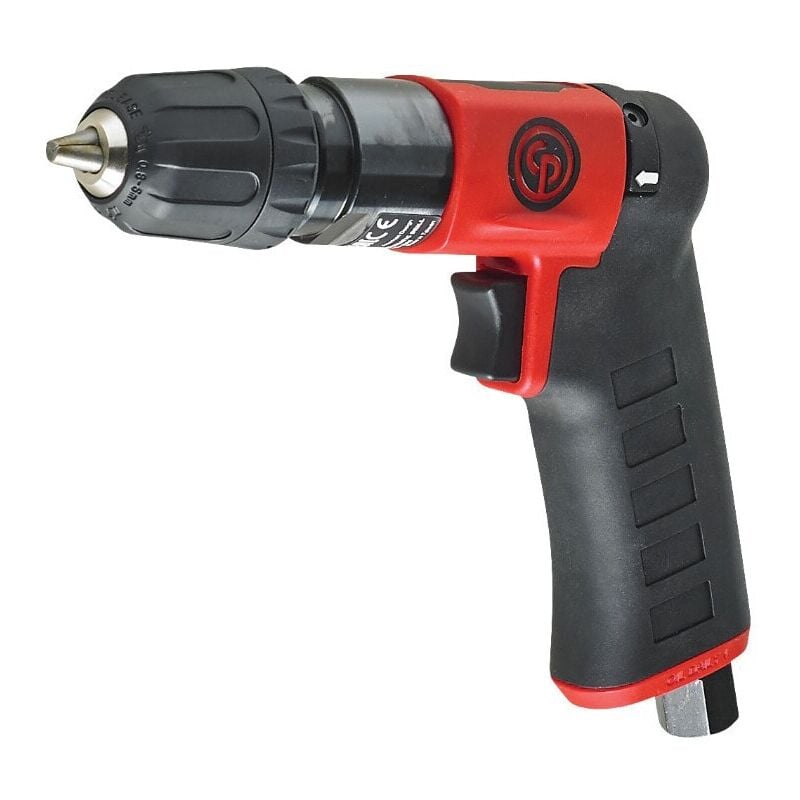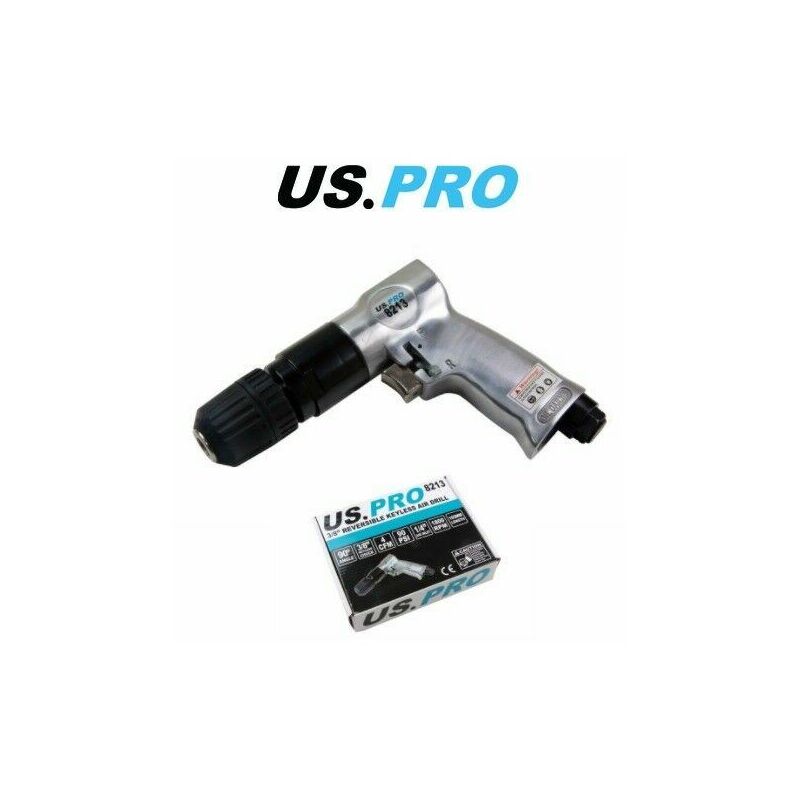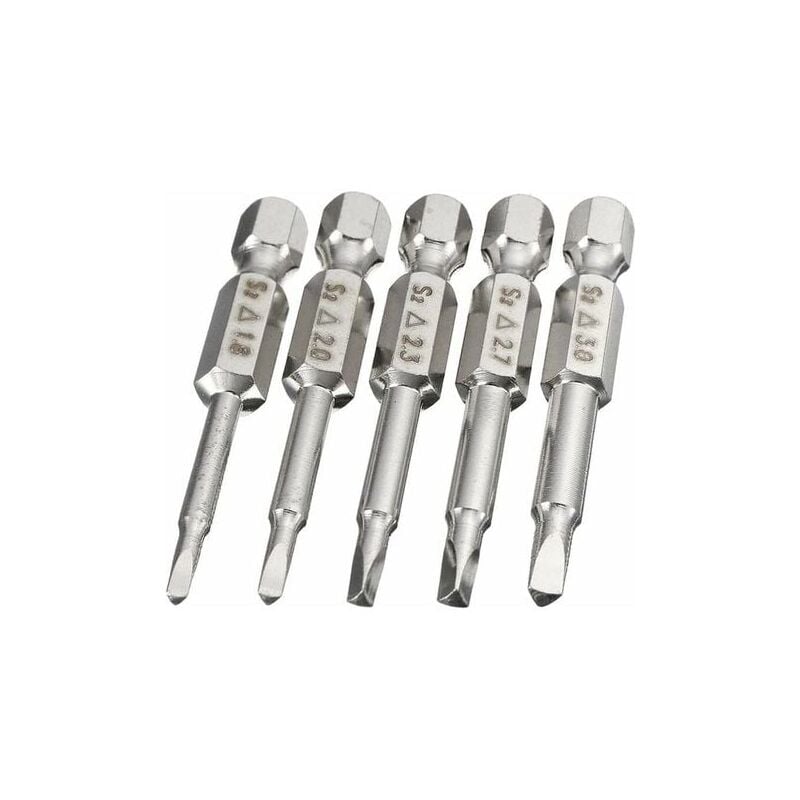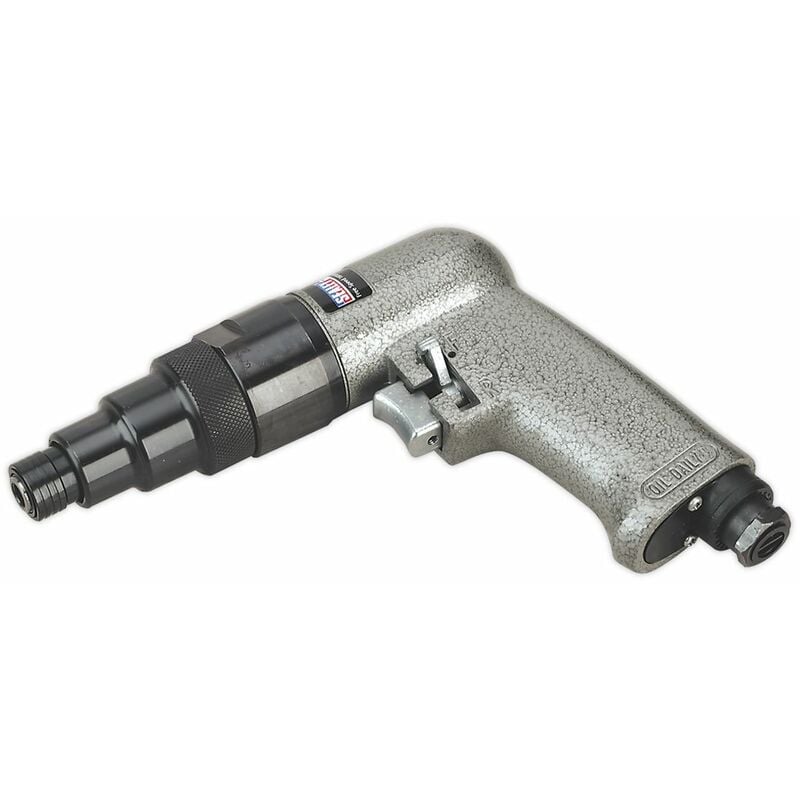Air Drills
Air drills bring a touch of magic to your toolbox. Think of them like your trusty sidekick, ready to jump into action when the going gets tough. With the hum of compressed air, these drills make light work of what used to be sweat-breaking tasks. They're not just tools; they're a helping hand. Whether you’re wriggling into a tight corner with a right angle air drill or powering through a tough surface, these drills have your back. And the best part? They're low maintenance, meaning more time crafting and less time fussing. From hanging pictures in your living room to crafting a masterpiece in your workshop, an air drill is there to make every twist and turn a little smoother, a bit more fun. It’s like having a reliable buddy who’s always ready for the next adventure – or project!






















What you need to know before you buy an air drill?
When selecting an air drill, a specialised tool known for its precision and power in drilling applications, it’s important to choose a model that suits the specific demands of your project. Air drills are a favourite in various industries, including automotive, aerospace, and manufacturing, for their efficiency and durability, especially in heavy-duty drilling tasks.
A compressed air drill operates using compressed air as its power source, offering significant advantages in terms of consistent power output and longevity, particularly in environments where electrical drills might not be suitable due to safety concerns or the nature of the work.
The right angle air drill is a variant that is especially useful for drilling in tight or confined spaces. Its design allows for easier access to hard-to-reach areas without compromising on the precision or power of the drilling.
While considering air tools, it's beneficial to compare their functionalities. An air punch, for instance, is used for making precise holes in materials, especially metal, and is more about applying forceful, targeted pressure rather than the rotational cutting action of an air drill.
When choosing an air drill, consider factors such as the drill's size and weight, which can impact user fatigue, especially during extended use. Also, look at the chuck size to ensure it fits the drill bits you plan to use, and the RPM range, which should match the requirements of your drilling tasks. The ergonomics and build quality of the drill are also important for comfort and longevity.
In summary, selecting an air drill involves considering aspects such as the power source, the type of drill (standard or right angle), and the specific requirements of your drilling tasks. Whether for industrial applications or more intricate work in confined spaces, air drills provide a reliable and efficient solution, differing in their operation and purpose from other air tools like air punches.